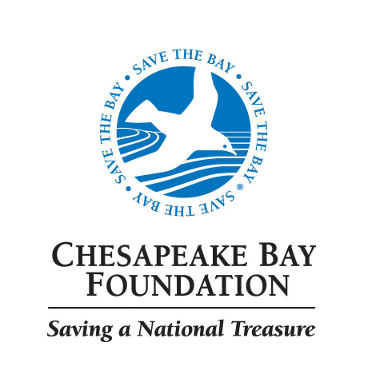On January 23, 2012, the Congressional Research Services issued a Report to Congress on "Proposed Keystone XL Pipeline: Legal Issues." The entire report (PDF, 29 pp.) can be found here. The report analyzes a variety of legal issues, including: the sources of Presidential and State Department legal authority regarding cross-border facilities, reconciling the Executive and Legislative roles related to foreign commerce and judicial interpretations of those roles, constitutional concerns related to potential action by States related to the pipeline, preemption issues, the National Environmental Policy Act (NEPA) process for permitting of the pipeline, and the availability of judicial review of actions taken under Executive Order 13337. The Report to Congress provides a typically thorough review of the issues and is required reading for persons interested in the legal issues arising from the Keystone XL proposal. The Summary of the Report states, in part: "New legislative activity with respect to the permitting of border-crossing facilities, a subject previously handled exclusively by the executive branch, has triggered inquiries as to whether this raises constitutional issues related to the jurisdiction of the two branches over such facilities. Additionally, as states have begun to contemplate taking action with respect to the pipeline siting, some have questioned whether state siting of a pipeline is preempted by federal law. Others argue that states dictating the route of the pipeline violates the dormant Commerce Clause of the Constitution which, among other things, prohibits one state from acting to protect its own interests to the detriment of other states. This report reviews those legal issues. First, it suggests that legislation related to cross-border facility permitting is unlikely to raise significant constitutional questions, despite the fact that such permits have traditionally been handled by the executive branch alone pursuant to its constitutional “foreign affairs” authority. Next, it observes generally that state oversight of pipeline siting decisions does not appear to violate existing federal law or the Constitution. Finally, the report suggests that State Department’s implementation of the existing authority to issue presidential permits appears to allow for judicial review of its National Environmental Policy Act determinations."
A companion report from CRS focusing on policy issues associated with the proposal, "Keystone XL Pipeline Project: Key Issues" (CRS Report R41668), is also available here.




